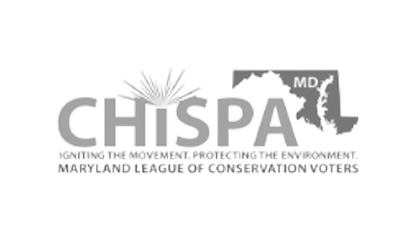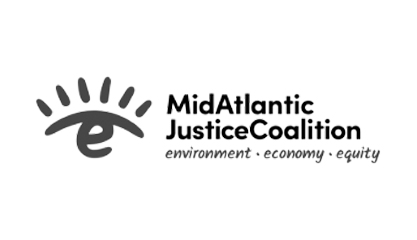STATISTICS & CHALLENGES
Every human being deserves a good quality of life, that includes a good environment that allows them to develop properly.
Research has shown there is significant correlation between specific environmental factors and increased rates of disease states such as disproportionate rates of asthma, obesity, diabetes, and heart disease in the Latinx community, all of which additionally contribute to Latinos’ greater case rates, severity, and death rates from COVID-19.

The Baltimore Washington Region (BWR) is home to some of the wealthiest and poorest communities in America, and the environmental impact falls heavily on areas with high proportions of people of color.
In 2018, 2.3 million Hispanics reported that they currently have asthma according to the US Department of Health and Human Services, Office of Minority Health. Hispanics are twice as likely to visit the emergency department for asthma, as compared to non-Hispanic whites.
Hispanic children are 40 percent more likely to die from asthma, as compared to non-Hispanic whites. While all of the causes of asthma remain unclear, children exposed to secondhand tobacco smoke and higher levels of exposure are at increased risk for acute lower respiratory tract infections, such as bronchitis.
Children living below or near the poverty level are more likely to have high levels of blood cotinine, a breakdown product of nicotine, than children living in higher income families.
Pollutants like particulate matter (often referred to as particle pollution), ground-level ozone, carbon monoxide, sulfur dioxide, nitrogen dioxide, and lead, are all extremely harmful for human health and the environment.
Environmental Racism means that many Black, Brown, and Indigenous communities face disproportionate hazards when it comes to air quality, and water quality. All of which have impacted health in Latinx communities across the state, making them more vulnerable to Covid-19 infections and morbidity as a result of weakened immune systems and chronic conditions related to pollutants/contaminants in the places they lived and worked.







